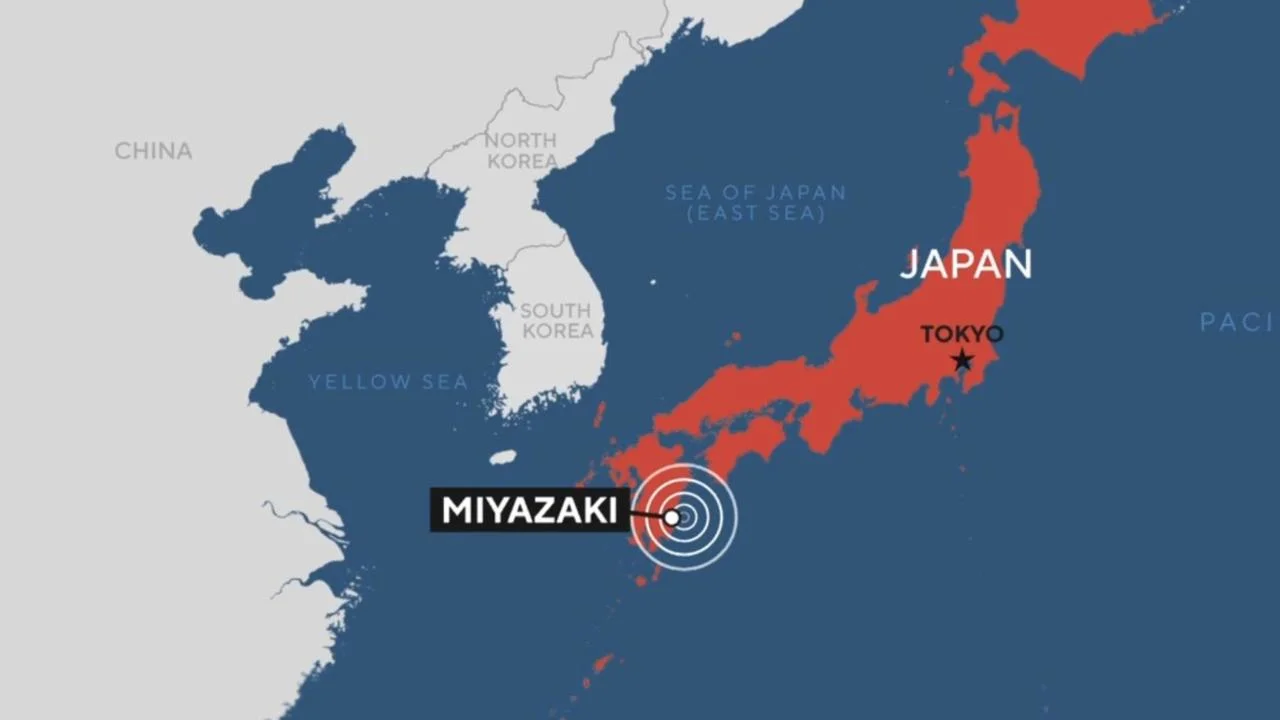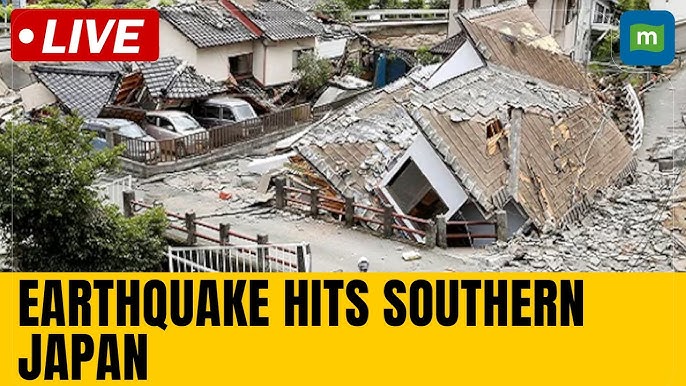A powerful earthquake with a preliminary magnitude of 6.9 has struck the Kyushu region in southwestern Japan, leaving many residents shaken.
The quake hit at 9:19 pm on Monday, according to the Japan Meteorological Agency (JMA).
What Happened After the Quake?
After conducting an investigation, the JMA announced that the earthquake did not require special measures related to seismic activity in the Nankai Trough.
But what does this mean, and why is the Nankai Trough so significant? The Nankai Trough is a region where the Philippine Sea Plate is being pushed under the Eurasia Plate, which can cause massive earthquakes about every 100-150 years.

Is a Megaquake More Likely Now?
Strong quakes in this area can be an indication that a megaquake could be more likely to occur.
In fact, the JMA issued a week-long advisory in August for a “relatively higher chance” of a megaquake as powerful as magnitude 9 after a magnitude-7.1 quake hit the country’s southwest.
Tsunami Advisories Issued and Later Lifted
Following Monday’s quake, tsunami advisories were issued for the southern prefectures of Miyazaki and Kochi, with waves reaching a maximum height of one meter.
A 20cm tsunami was later recorded reaching Miyazaki city, but all tsunami advisories were later lifted.
No Abnormalities Reported at Nuclear Power Plants
Fortunately, there were no abnormalities reported at the Ikata Nuclear Power Plant in western Japan or the Sendai Nuclear Power Plant in Kagoshima prefecture, which are the two plants nearest to where the quake occurred.
Stay up-to-date with the latest news by downloading the 7NEWS app today!

